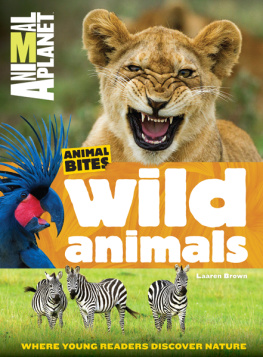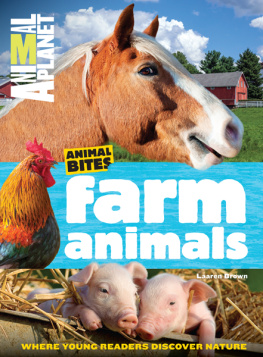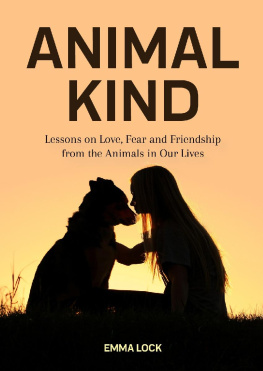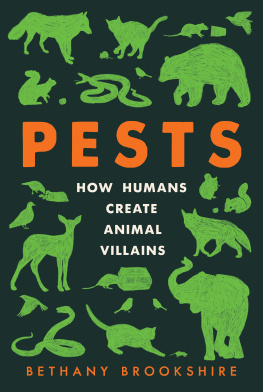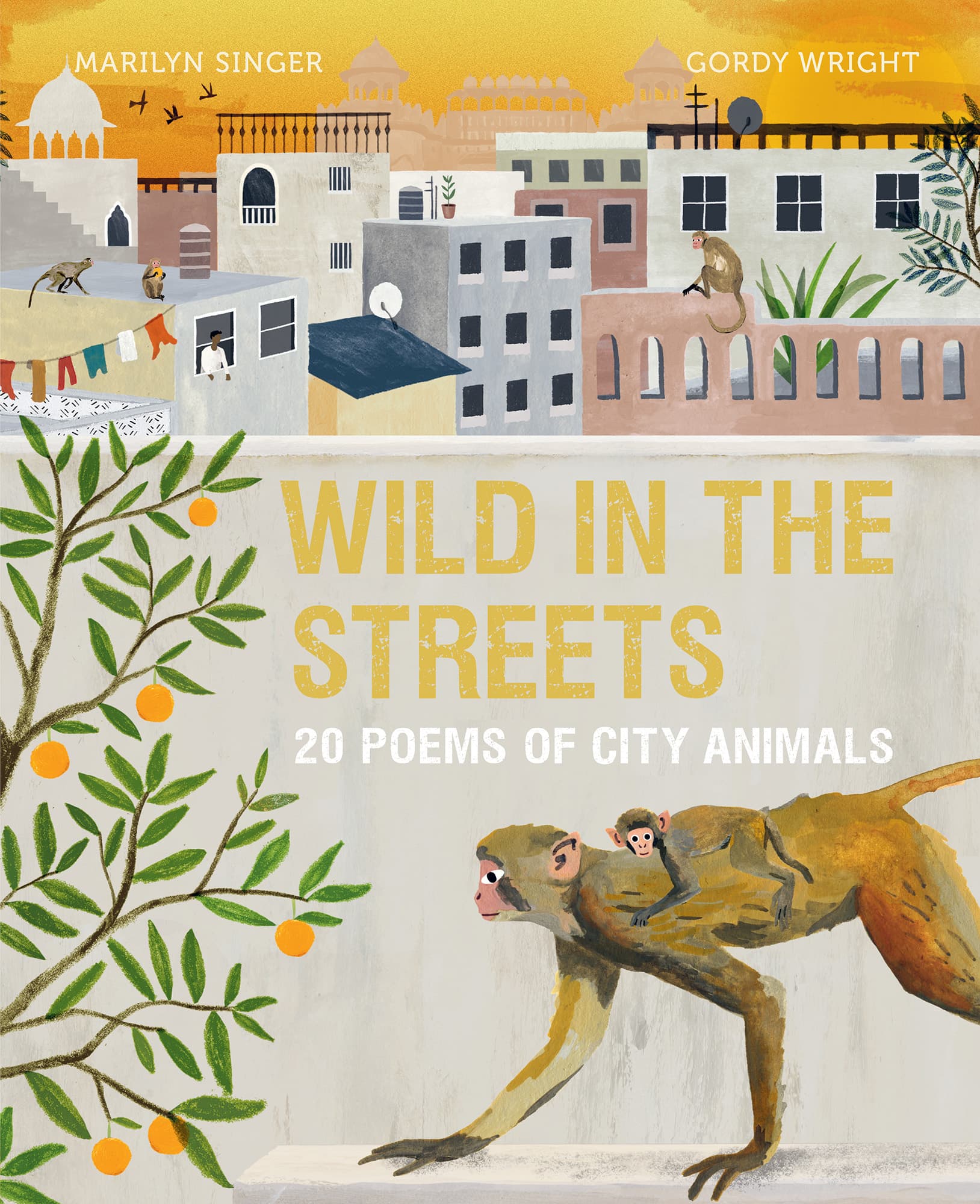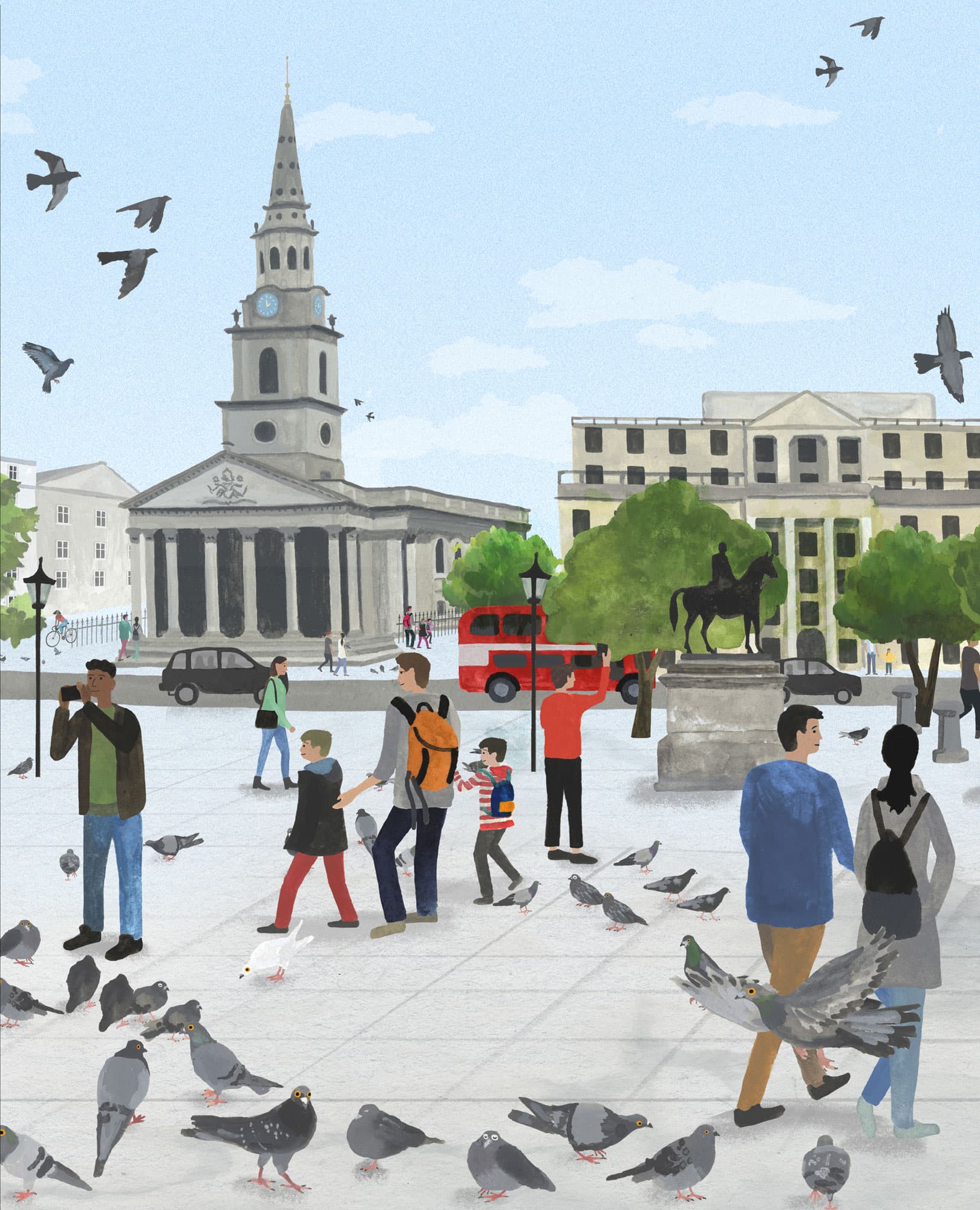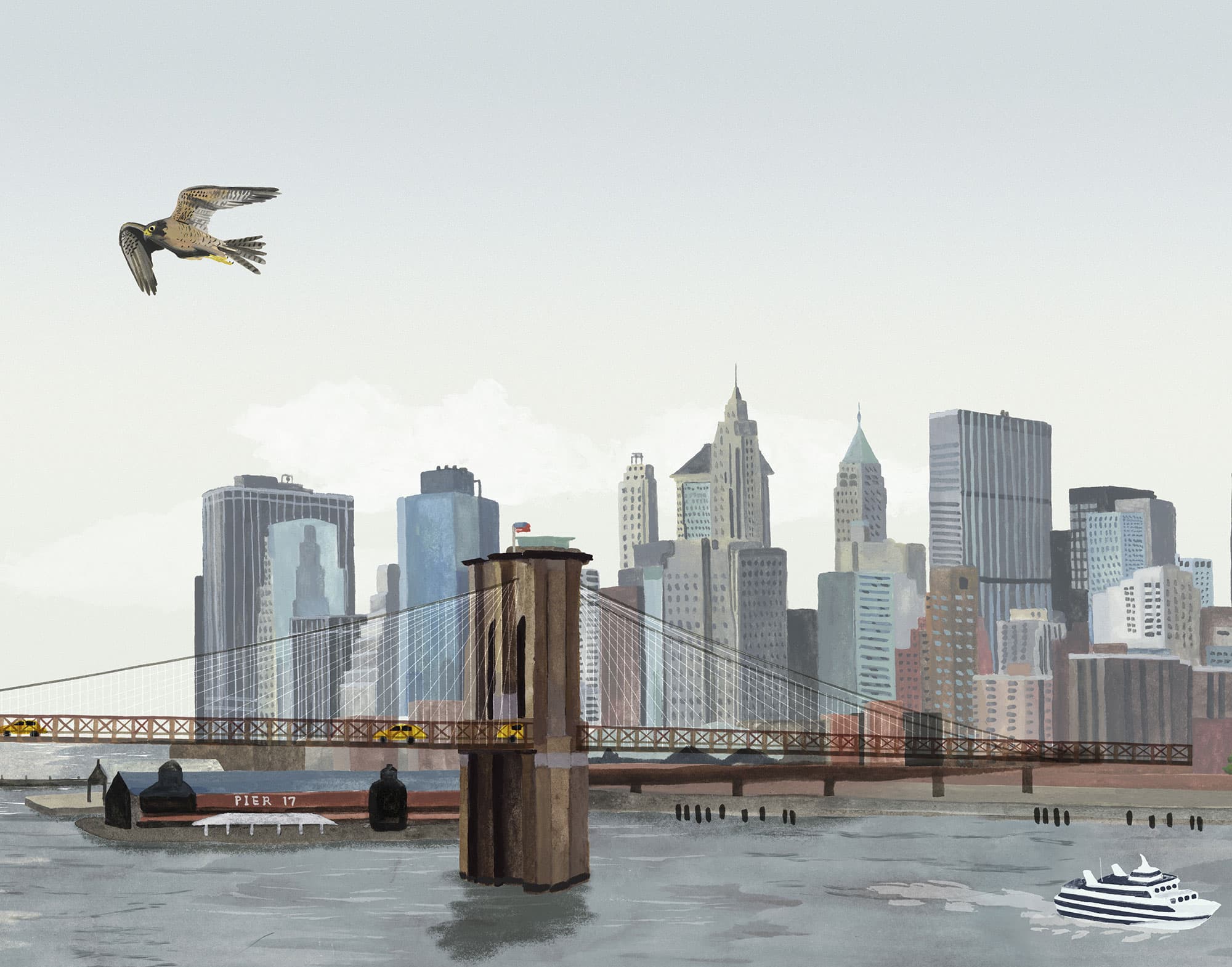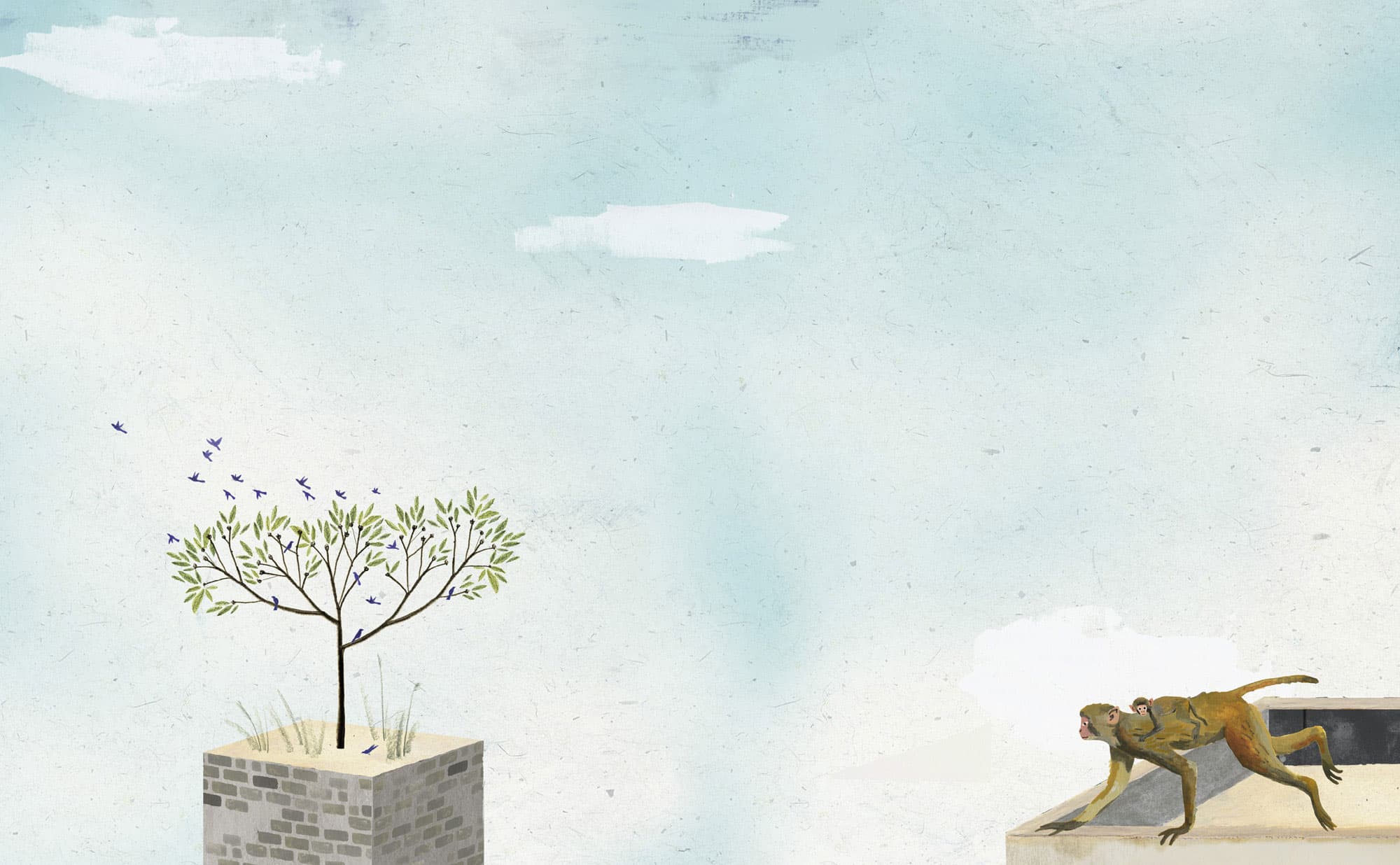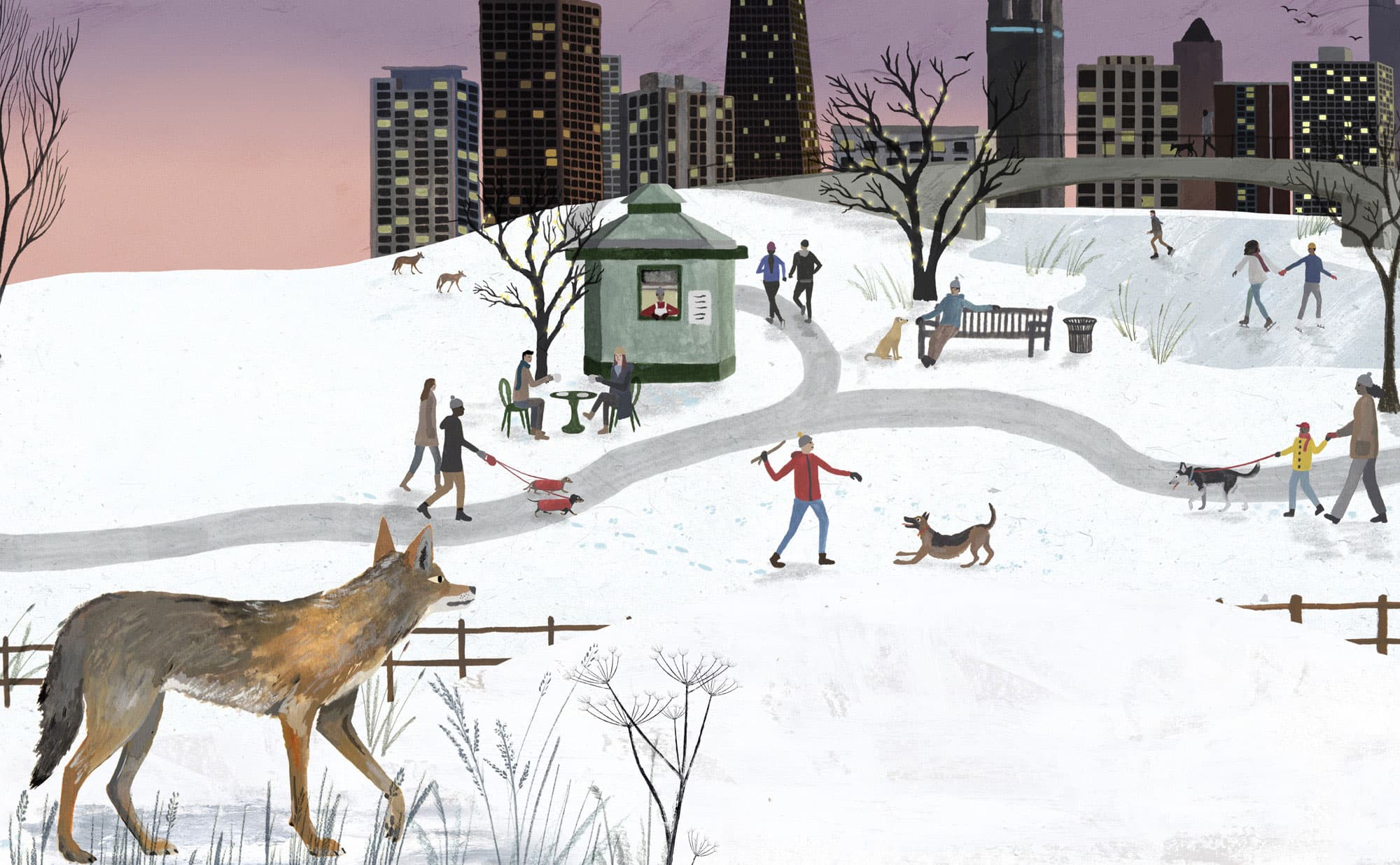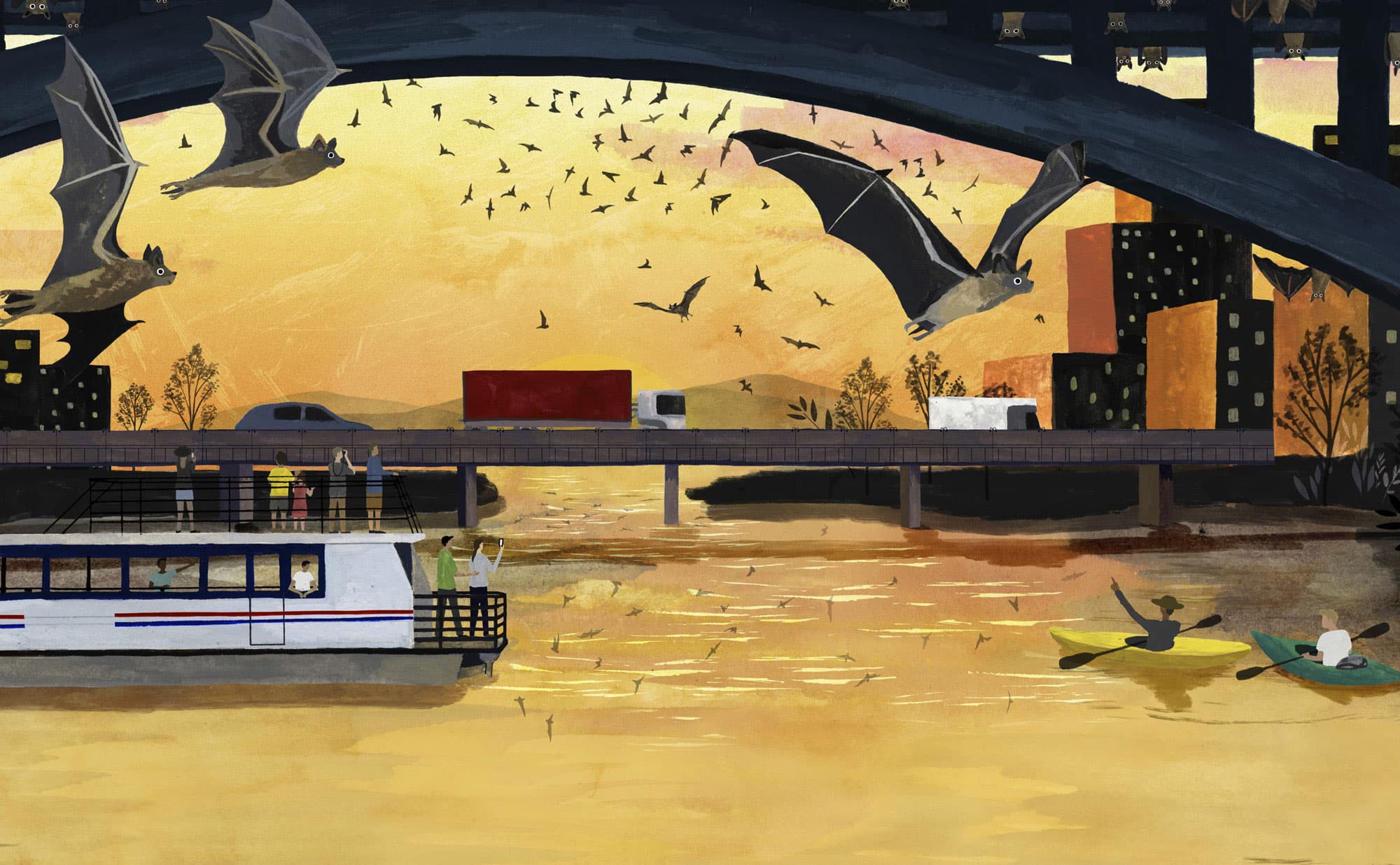WILD IN THE STREETS
MARILYN SINGER
GORDY WRIGHT

Introduction
Bats, boars, coyotes, rhesus monkeys, reticulated pythons, huntsman spiders, honeybees, and river crabs. What do all of these animals have in common? They have adapted well to city life.
It may be hard to believe that wildlife can survive among densely packed houses, huge skyscrapers, tarmac, sidewalks, and sewers. Yet many species find that urban environments provide ample food, warmth, shelter, and places to raise young, and that these habitats are often similar to their original homes. For example, rock pigeons first came from China, where they lived on cliffs and ledges. City buildings are a fine replacement. Though they are seed-eaters in the wild, pigeons have learned to eat a variety of food found in parks and on roads and streets.
Some urban animals were here before humans encroached on their territory. Theyve had to adapt to the new habitat or perish. For example, as their waterways have been rerouted, reticulated pythons have moved into cities such as Singapore and Bangkok. Other animals were introduced to cities on purpose or by accident. Honeybees were brought by settlers to many parts of the world. Butterflies brought themselvesmigrating great distances to reach their roosts.
Urban life isnt always easy. There are dangers such as poisons, diseases, and pollution. There is the threat of death by predators, airplanes, vehicles, and other forces. There is competition for dinner and turf.
Yet, given the smallest chancea park, a garden, a window box; a basement, a subway tunnel, a bridgewildlife manages to survive in the city. Look around, and you may discover a host of animal neighbors you didnt even know were living next door.
Concrete, glass, tarmac, steel
whod imagine theyd appeal
to creatures that once lived
in forests, caves, on prairies, rocks?
How did they land on city blocks,
under bridges, on rooftops
in playgrounds and drains
(even in our houses, perhaps when it rains)?
What do they eat? Where do they sleep?
Who are these beings, beloved or reviled?
What wildlife can possibly flourish
where lifes no longer wild?
COYOTES
Chicago, Illinois
If you watch an old Western movie, youre likely to see and hear coyotes howling on the Great Plains. But these wild dogs are highly adaptable. They can live nearly anywhere and they eat almost anything. They now thrive all over North America, including major cities such as Chicago where, several years ago, sixty coyotes were fitted with radio collars to track their movements. Theyve even been known to hop on trains. In 2002, a coyote boarded a light-rail train in Portland, Oregon and snuggled up on the seats. It was removed by animal control before the train took off. In general, coyotes tend to avoid people. They usually prefer to hunt alone, most often at night, but they do form packs to defend territory. Their prey includes rodents and other small animals and sometimes household pets. Thats why humane societies say its best to keep dogs and cats indoors, safe from these skilled hunters.
Why should they be
the only canines in the city
those dogs so soft, so spoiled?
We have the stomach,
we have the savvy
to survive.
They were brought in style
on cars or trains.
We came on foot,
crossing dangerous terrains,
traveling decade after decade,
mile after mile
from barren badlands
through frozen forests
to these strange, crowded, concrete plains.
So, come on, give us welcome
to rid you of your mice and rats.
Cant you forgive our taking
those few occasional cats?
MOSQUITOES AND MEXICAN FREE-TAILED BATS
Austin, Texas
There are about 3,500 species of mosquito in the world. The ones that people know best are the pests that feed on our blood. Some of those species are also infamous for carrying serious diseases such as malaria and yellow fever. Only the females bite, using their needle-like proboscises to pierce skin and suck up blood, their main diet. They need that blood to produce eggs.
Bats eat mosquitoes and other insects. Although these nocturnal mammals are found in many cities, the worlds largest urban bat colony is found under the Ann W. Richards Congress Avenue Bridge in Austin, Texas. In March, the Mexican free-tailed bats migrate there from Mexico. During the summer months, between 750,000 to 1.5 million female bats and their offspring live beneath the bridge, emerging at dusk to feed on as much as 30,000 pounds of insects each night. Tourists and residents alike gather to watch the nightly showand thank the bats for getting rid of those pesky mosquitoes.
Calm rivers, still lakes.
Nine months of warm. Night draws near.
Mosquitoes soon swarm.
Over the wide bridge,
people passing. Underneath,
spry bats, amassing.
WHITE STORKS
Munster, France
The white stork is a legendary bird, thought to bring good luckand also babies. Some stories say the birds found the infants in caves, carried them to houses, and dropped them down the chimneys. This myth possibly started because white storks have long nested on man-made structures such as chimneys, roofs, towers, steeples, and, more recently, power poles. White storks are long-distance migrants. In the spring, they fly to Europe to breed. In the late summer, they head to Africa to spend the winter. Sadly, their numbers have declined because of hunting, drought, collision with power lines, loss of wetlands, pollution, and use of pesticides. The town of Munster, in the Alsace-Lorraine region of France, created a successful repopulation program, to help the birds. They trained young storks not to migrate, and protected their nests. Recently, a similar program was started in Sussex, England, where storks have not bred in hundreds of years. If the program succeeds, perhaps the birds will once again nest in Storringtonthe village of storkswhich still features a pair of white storks on its emblem.
For storks it doesnt pay to be aloof.
They choose a chimney, spire, roof
in the middle of town to raise their chicks
atop a messy nest of sticks.
For storks it doesnt come as any shock
to settle near a human flock.
Precarious perches seem alarming,
yet people also find them charming.
For years folks spread stories, sweet and weird,
until these birds became revered
as bringers of luck and sometimes maybe
the welcome gift of a newborn baby.


